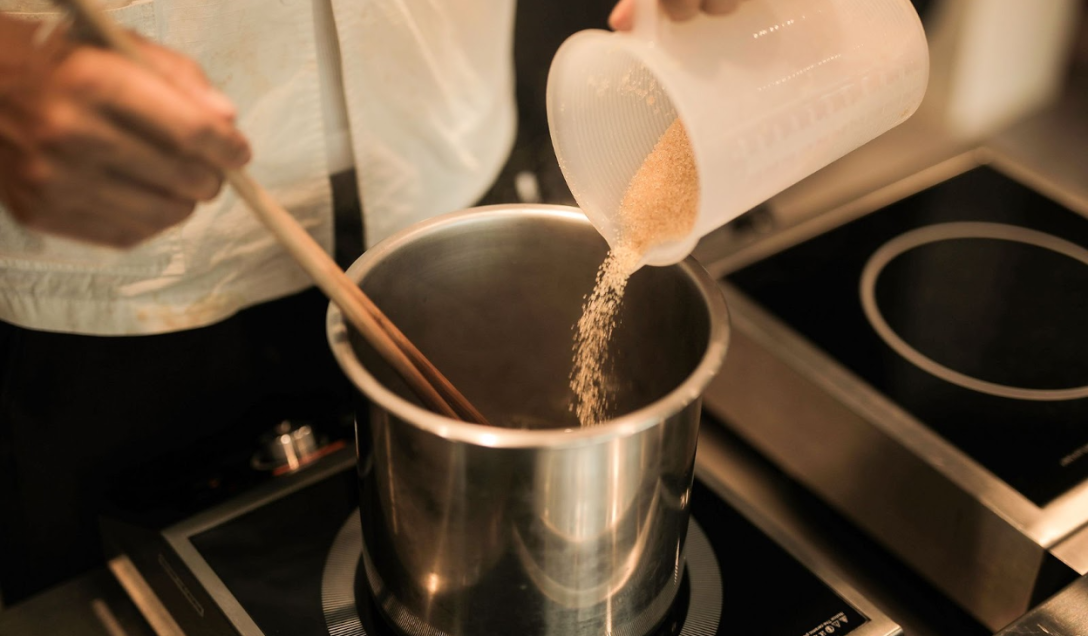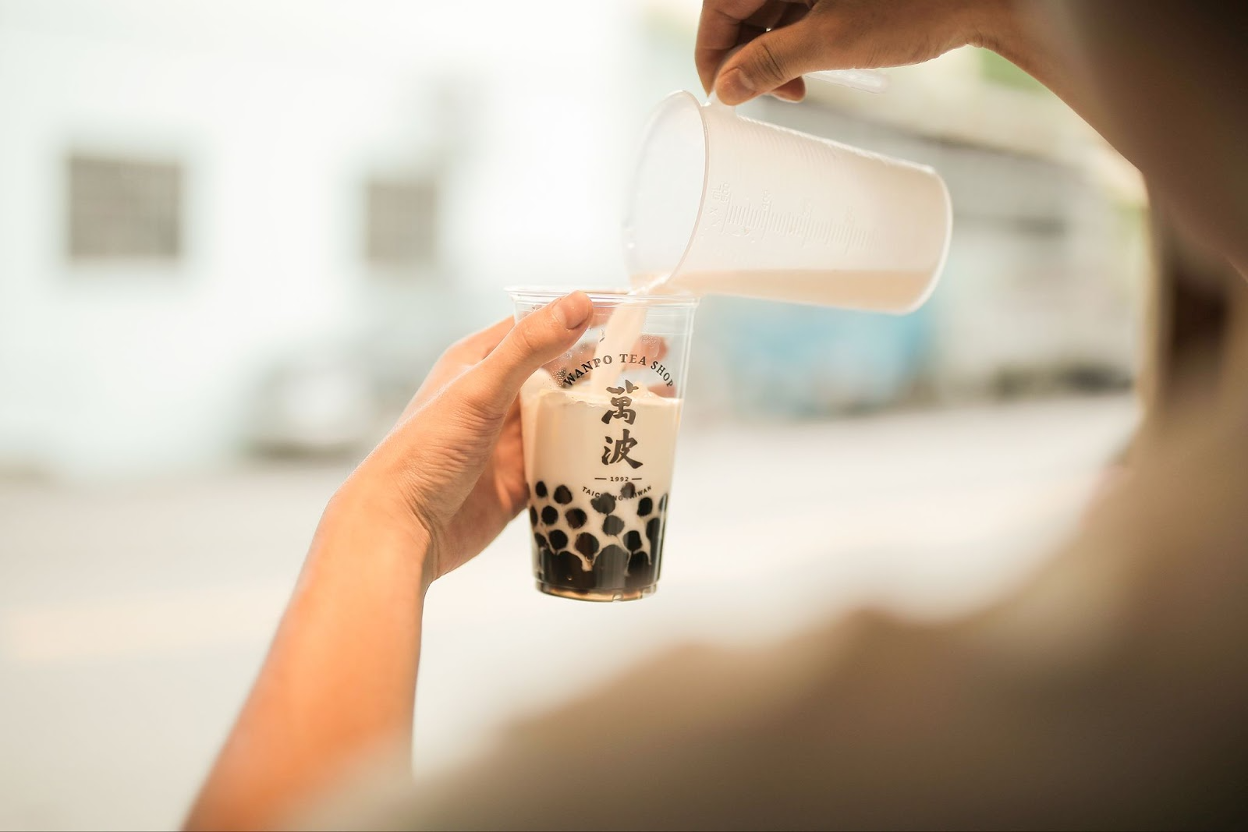
How Much Sugar Is in Boba?
Why Sugar in Boba Tea Matters
No longer just a drink anymore, boba tea has become a ritual. From the first shake of ice in the cup to the satisfying pop of a pearl through the straw, it’s a global trend that shows no signs of stopping or slowing down. But behind the fun flavors and Instagrammable cups lies a serious question many people overlook: how much sugar is in boba?
And it’s not a small concern. Sugary drinks already make up nearly half of the added sugars in the typical American diet, and boba tea falls squarely into that category. Adults sip it on work breaks, students bring it to study sessions, and kids treat it like dessert in a cup. The catch: That sweetness adds up—fast.
Health experts warn that regularly consuming too much sugar can increase risks for obesity, type 2 diabetes, and even heart disease. And because boba often disguises sugar under layers of tea, milk, and chewy pearls, it’s easy to underestimate how much you’re really drinking.
Sugar Breakdown: 4 Common Sources of Added Sugar in Boba Tea

Boba doesn’t get its sweetness from just one place—it’s layered in. Here’s where the sugar usually hides:
-
Tea Base – Some shops sweeten their tea during brewing, especially for fruit teas. Even before milk or syrup, there may already be sugar in the cup.
-
Creamers and Milk – Non-dairy creamers, sweetened condensed milk, or flavored milks often come with added sugars. It’s one reason why milk tea tastes so indulgent.
-
Flavored Syrups and Sweeteners – Arguably the biggest culprit. Brown sugar syrup, honey syrup, or flavored sweeteners add dozens of grams in a single pump.
-
Additional Toppings – Tapioca pearls, pudding, and fruit jellies are almost always cooked or soaked in sugar. Pearls themselves are mostly carbs, but when slow-simmered in brown sugar, they pack even more sweetness.
Put together, these layers can make a single drink feel more like a dessert than a tea.
How Sweet Is Your Drink? Sugar Levels Explained
If you’ve ordered boba before, you’ve probably noticed that most shops let you pick a sweetness level. But what does “100% sugar” or “50% sugar” really mean? Here’s a rough breakdown for a standard 500 ml cup:
-
100% Sugar: ~50–60g (that’s about 12–15 teaspoons of sugar)
-
75% Sugar: ~38–45g
-
50% Sugar: ~25–30g
-
25% Sugar: ~12–18g
-
0% Sugar: Minimal, though toppings alone can still add 5–10g
Two important things to keep in mind:
-
Syrups and toppings still count. Even if you proudly order “0% sugar,” your drink isn’t automatically sugar-free. This means a “zero sugar” drink can still sneak in 5–15 grams of sugar from toppings alone. If you’re trying to cut down, it’s worth asking shops if they offer less-sweet pearls or toppings that aren’t pre-soaked. Aloe vera, grass jelly, or egg pudding usually lean lighter on added sugar.
-
Sizes vary more than you’d think. Most sugar estimates are based on a medium 500 ml serving, but plenty of shops push 650 ml or even 700 ml as their “regular” size. A large cup can easily carry almost double the sugar load of a smaller one. For example, a 50% sugar large milk tea might still have more sugar than a 100% sugar small. It’s a detail that often slips under the radar.
So yes, lowering sweetness helps—but don’t assume it means “sugar-free.”
How Much Sugar Can You Safely Consume Per Day?
Health organizations have drawn some pretty clear lines on sugar intake.
-
World Health Organization (WHO) – No more than 10% of daily calories from sugar, ideally closer to 5%. For a 2,000-calorie diet, that’s about 25g of sugar per day.
-
American Heart Association (AHA):
-
Adult women: ≤24g (6 teaspoons) daily
-
Adult men: ≤36g (9 teaspoons) daily
-
Children (ages 2–18): ≤24g daily, with sugary drinks limited to about 8 oz a week
-
Now compare that to a single boba drink:
-
A 100% sugar milk tea can hit 50–60g in one go—double the daily limit for women and kids, and well over the safe range for men.
-
Even a 50% sugar order may deliver 25–30g, which already maxes out the WHO recommendation.
In other words, one drink can blow past your daily sugar allowance before you’ve even had dinner.
Smart Tips: Enjoying Boba Tea the Healthy Way
If you love boba, you don’t have to quit altogether. It’s about making small tweaks that cut sugar without killing the fun:
-
Dial it down – Start at 50% or 25% sugar. Many people find they don’t miss the extra sweetness after a few tries.
-
Switch up the milk – Unsweetened oat, almond, or soy milk can replace heavy creamers or condensed milk.
-
Rethink toppings – Grass jelly, pudding, or aloe vera tend to be lighter than sugar-soaked pearls or jellies.
-
Ask about prep – Some shops will serve pearls without extra syrup if you request it.
-
Consider temperature – Fun fact: our perception of sweetness changes with temperature. Studies show that sweetness is least noticeable in very cold drinks (below 15°C), peaks around body temperature (35°C), then tapers off again when hot. This might be why iced milk tea sometimes tastes less sweet than hot versions, and why people instinctively add more sugar to steaming cups.
With a little awareness, you can enjoy your favorite drink without turning it into a sugar overload.
Finding Your Balance
So, how much sugar is in boba? The answer varies, but it’s usually more than most people think. Between sweetened teas, syrups, milk, and toppings, one cup can range anywhere from 20g to over 60g of sugar. That’s a hefty share of your daily allowance in a single serving.
The good news is you’re in control. Boba shops let you customize sweetness, choose toppings, and sometimes even request sugar-free versions. By being intentional, you can keep boba in your life without the sugar crash—or the guilt.
Curious about how your favorite drink ranks? Check out our full Calories and Sugars Chart to find your healthiest boba match.